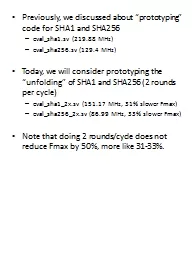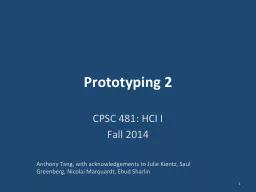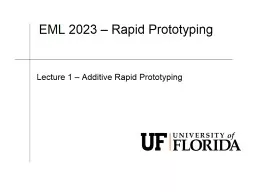PPT-Previously, we discussed about “prototyping” code for S
Author : karlyn-bohler | Published Date : 2018-01-11
evalsha1sv 21988 MHz evalsha256sv 1294 MHz Today we will consider prototyping the unfolding of SHA1 and SHA256 2 rounds per cycle evalsha12xsv 15117 MHz 31 slower
Presentation Embed Code
Download Presentation
Download Presentation The PPT/PDF document "Previously, we discussed about “protot..." is the property of its rightful owner. Permission is granted to download and print the materials on this website for personal, non-commercial use only, and to display it on your personal computer provided you do not modify the materials and that you retain all copyright notices contained in the materials. By downloading content from our website, you accept the terms of this agreement.
Previously, we discussed about “prototyping” code for S: Transcript
Download Rules Of Document
"Previously, we discussed about “prototyping” code for S"The content belongs to its owner. You may download and print it for personal use, without modification, and keep all copyright notices. By downloading, you agree to these terms.
Related Documents














